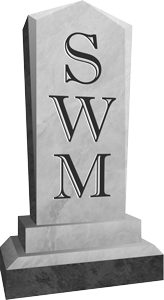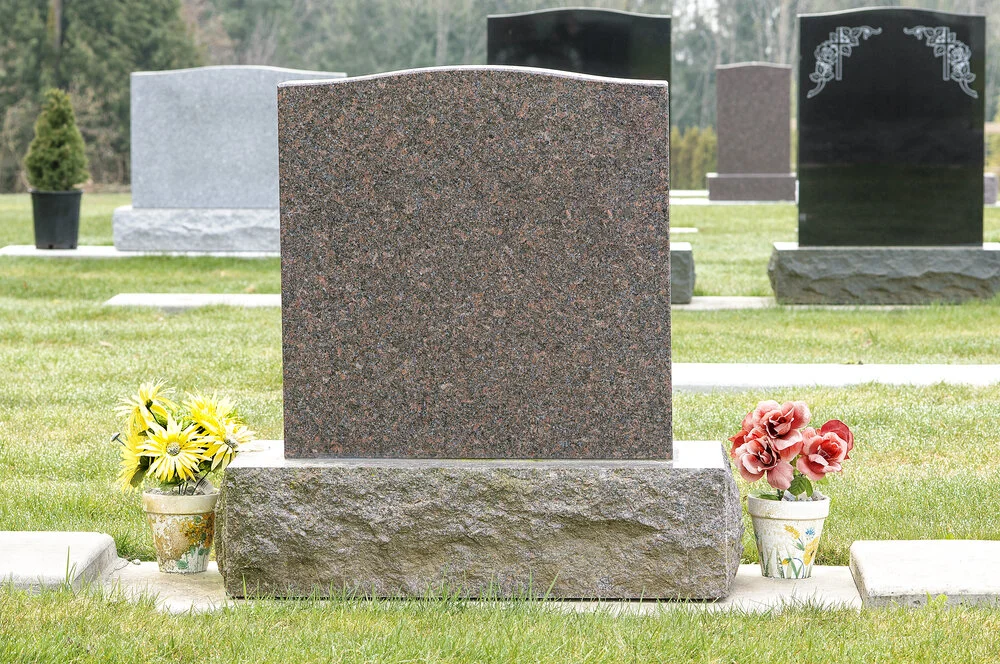The Evolution of Headstones- A Brief History
Memorials and graves come in every shape and dimensions, and since their early days they have come a long way. Headstone history spans from tens of thousands of years and remains a major way to commemorate lost loved ones. This is a short guide to the history of the headstone and gravestone you should know.
Beginning of Headstones
The history of headstones dates back to almost 3,000 B.C, at the height of Celtic and Roman cultures. The headstones you see today are much different in places such as Oklahoma than the early versions known as grave markers. They were megalithic monuments, typically markinga large burial chamber rather than single grave. Because there were no cemeteries at that point, there were burial grounds near their homes and whole families were usually buried with one large grave marker identifying the site.
The cultures of Egypt and Mesopotamia had also unique burial traditions. They brought the dead onto a new level, and important figures received whole burial graves, the most impressive of which were pyramids, marked by monumental architecture. Some of the pyramids are still permanent monuments of the figures that they were constructed to honor today.
Medieval Age
After the Roman period, the concept of purgatory, hell and the afterlife spread to the western world, had a major impact on burial custody. The burial grounds were moved from the house to the streets during the Dark Age. During this time the population grew and rituals for burial began to grow, and monuments were decorated with "macabre" items such as Gothic skulls, cherubs and skeleton. Those who could not afford a headstone and used wood, iron, or brass as grave markers were regarded as less fortunate.
Churchyard Burials
Headstones have evolved significantly in the mid-17th century, when a number of deaths were left behind in cemeteries. In commemoration of individual people, slate or sandstone headstones were placed and a tradition of commemoration insignia began on the stones.
Victorian Customs
In general, the Victorian era is regarded as the forerunner of modern funeral customs. During this time, private cemeteries became more common and severe markers became more elaborate and personal. Simple sepulcher markers have evolved into complex steeped monuments and statuary if you can afford.
Modern Customs
The cemeteries and funeral customs of today derive from a long history of the death. Typically, modern gravestones are made from granite, marble and stone places upright at the beginning of a tomb. Mausoleum, vaults, and memorial inscriptions have become easy and affordable for storing a person's remnants. Every choice made for the end of your stay has a symbolic meaning, starting with the kind of stone chosen to be cremated or embalmed for the monument.
Choose Southwest Monument
Your loved one should always get the tribute they deserve. Design amazing gravestones by contacting Southwest Monuments in Oklahoma. Our expert designers will aid you to get the perfectly crafted headstone/gravestone for the departed soul.

